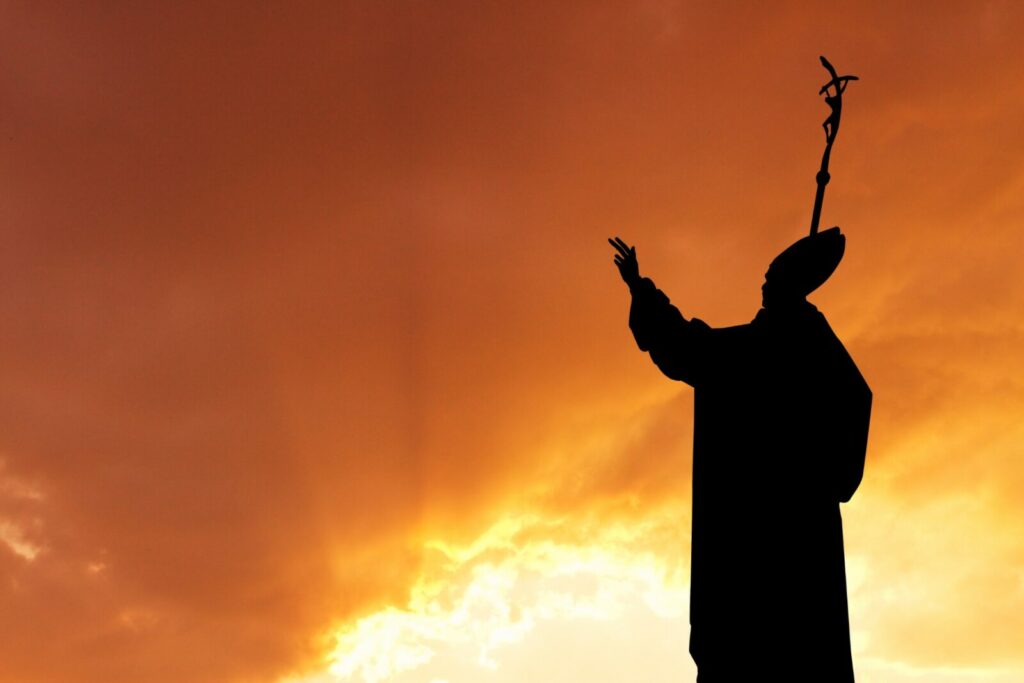
What Is the Best Way to Pass on My Home?
Deciding how to transfer your home to loved ones requires careful planning to minimize taxes, avoid probate and protect your family’s financial future.
Call us Anytime
Laurel, MD 20707
Downs Law Firm, P.C.
Home • Blog

Deciding how to transfer your home to loved ones requires careful planning to minimize taxes, avoid probate and protect your family’s financial future.

The recently passed fiscal year 2025 budget for the State of Maryland includes a range of tax increases and policy decisions, but it appears that Maryland’s state’s inheritance and estate tax laws remain unchanged.

Once you’ve celebrated your 50th birthday, you may choose to work every day for another 10 years or 20 years, or start to back off.

This won’t come as a big surprise: Dying makes you look at the world in a different way — the world of money included.

Selecting appropriate guardians will ensure that your minor children are cared for, if you pass away.

Retirees are dropping the ball over crucial legal documents.

If you are moving quickly to the end of your working life, be careful to avoid some of these retirement top regrets. Are you picturing your retirement? Without careful planning, those years might not live up to your plans, according to The Washington Post in “The top regrets of retirees.” Retirement expectations don’t always line up with reality. Global Atlantic conducted a study of retirees and found that many admitted to making mistakes in their retirement planning. The report was based on data from more than 4,200 retirees and pre-retirees in America. The company wanted to learn how expectations for retirement costs lined up with reality. The expectations often did not. The report said the risk of running out of money is real, noting that 39% of retirees said they had planning regrets. Here are the top reasons for regret: They found themselves relying too much on Social Security for income. They did not pay down debt before retiring. Many people today are retiring with a mortgage. It used to be common for people to pay off their mortgages before retiring, but it’s less common now. Failing to do so is a retirement top regret. Many retirees didn’t save enough. Most people didn’t start saving for retirement until they turned 31. Missing almost a decade in savings can make a massive difference over time. Let’s say an employee puts away $50 every time she gets a paycheck—twice a month—and puts the money into an account with a 6% annualized return. If she started saving at age 23, by retirement age, she’d have $227,150 in that account. If she waited to start saving until age 31, the account would be worth $128,578—$88,572 less. If she could save $100 per paycheck by retirement, she’d have $434,299 versus $257,156. The power of time and compounding makes a huge difference. Compounding is the process through which an asset’s earnings are reinvested to earn additional earnings over time. The more time your assets have to grow, the more compounded growth can occur. Age 31 seems relatively young to start thinking about retirement. However, by waiting that long, workers are missing out on almost a decade of savings, asset accumulation, and the associated potential of compound returns. The survey also revealed that women are more likely than men to have retirement planning regrets, with 62% of women having retirement regrets versus 47% of men. Reference: The Washington Post (Dec. 10, 2018) “The top regrets of retirees.”

These wills gone wild may be extreme examples of poor estate planning. However, experts explain how easily a will can go to the dogs.

Divorce significantly impacts estate planning, requiring updates to wills, trusts and beneficiary designations to ensure that assets are distributed according to new intentions.

Regardless of your religious beliefs, Pope Francis can inspire all Seniors to age with purpose. With age comes wisdom and sometimes physical and health challenges that affect even the pontiff. Pope Francis, at 88, continues to exemplify resilience and dedication, even as he faces significant health challenges. Recently he has been hospitalized due to double pneumonia and a complex lung infection, conditions that have required intensive medical care. Despite these serious health issues, the Pope remains alert and has continued to fulfill some of his papal duties from his hospital room, such as signing decrees for new saints. His openness about his health struggles serves as a powerful example for seniors worldwide, demonstrating that physical limitations need not hinder one’s purpose or contributions. Cardinal Kevin Farrell has highlighted the Pope’s transparency, stating that it encourages older adults to acknowledge their limitations while continuing to engage actively in life. Pope Francis has also been a vocal advocate for the elderly, instituting the World Day for Grandparents and the Elderly to honor their invaluable contributions to society. He emphasizes that aging should be viewed as a blessing, urging seniors to embrace their later years with gratitude and purpose. The Pope’s journey underscores the importance of proactive planning in the later stages of life. Engaging in thoughtful estate planning can provide peace of mind and security for individuals and their loved ones. Addressing healthcare directives, powers of attorney, and asset distribution ensures that one’s wishes are respected, regardless of health challenges they may arise. “Along with old age and white hairs, God continues to give us the gift of life and to keep us from being overcome by evil,” Pope Francis has said. “Aging is not a condemnation, but a blessing!” Pope Francis truly inspires us to age with purpose! Reference: ABC News (May 10, 2022) “Cardinal: Pope’s wheelchair use an example to older adults”